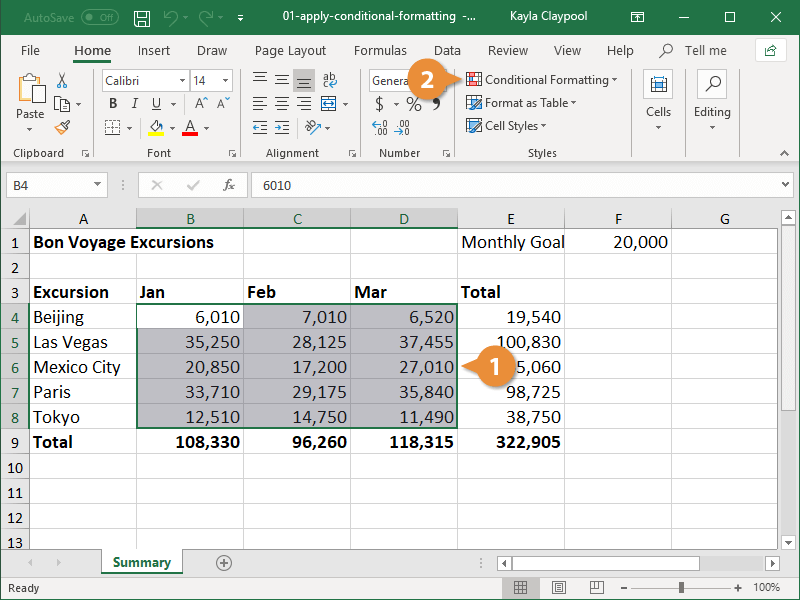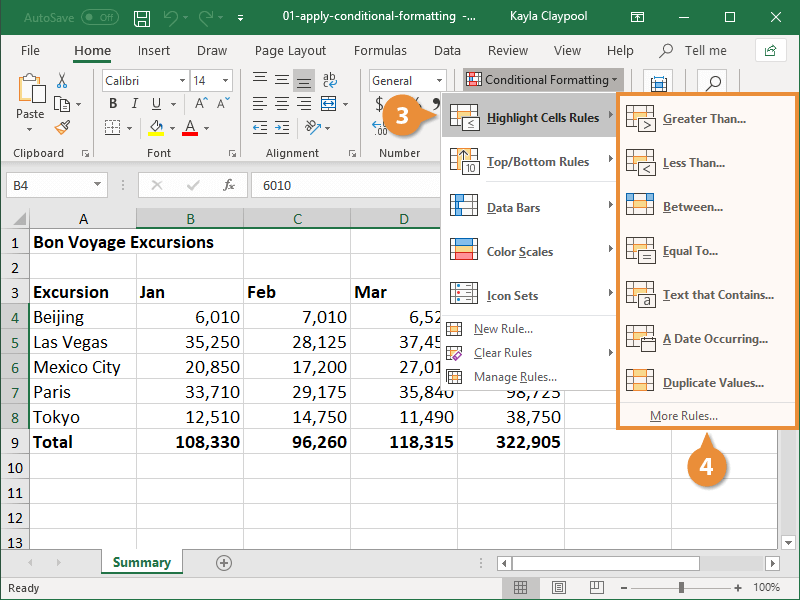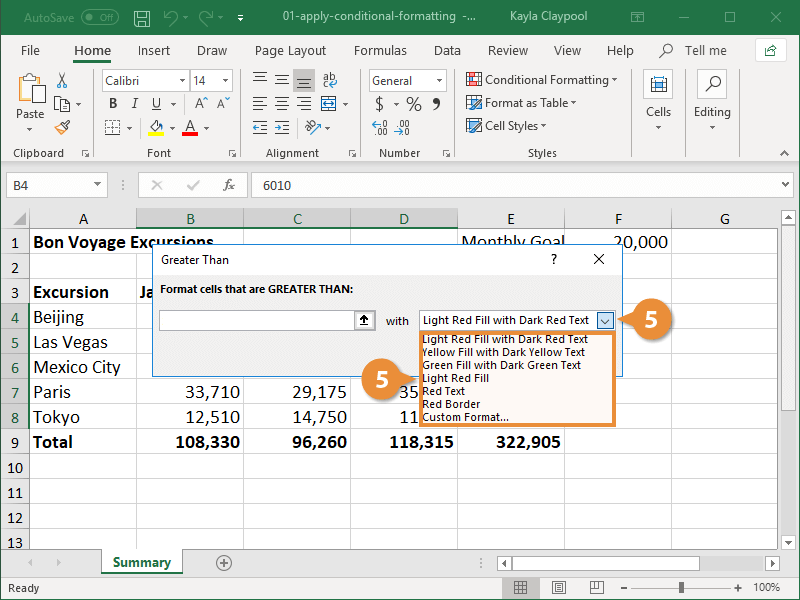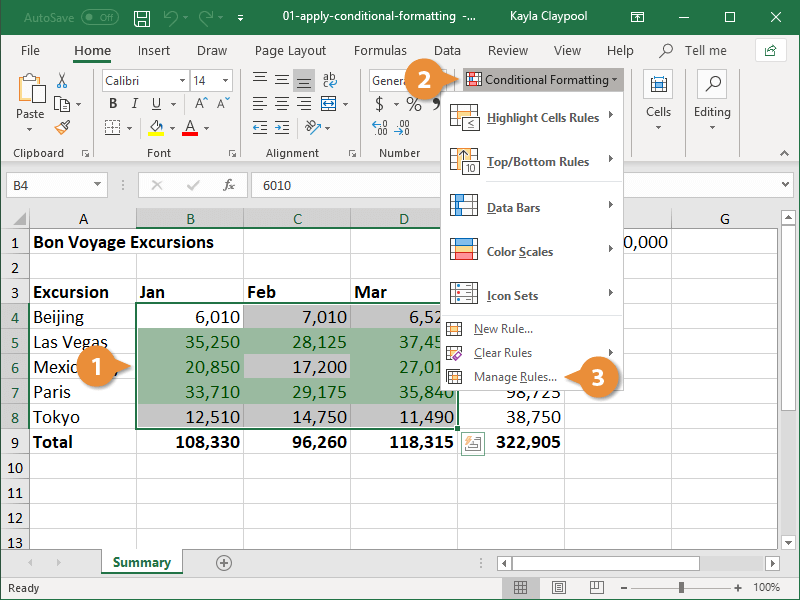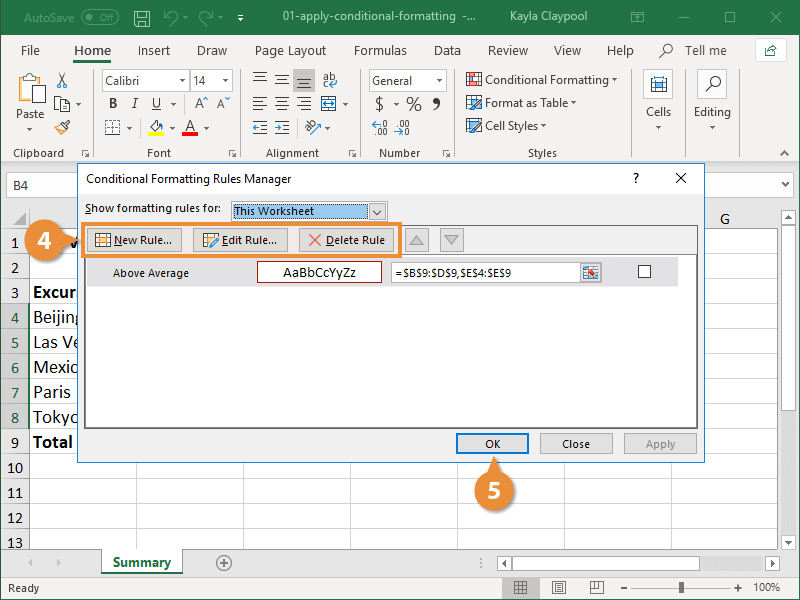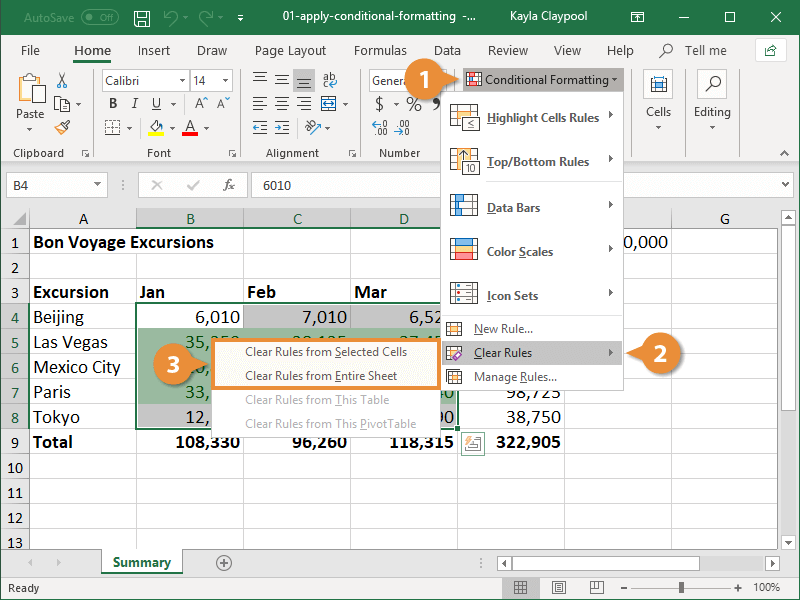Interactive Tutorial
Conditional Formatting Excel
Use Conditional Formatting in Excel to Automatically Highlight Cells, Trends, and Important Data Points
-
Learn by Doing
-
LMS Ready
-
Earn Certificates

